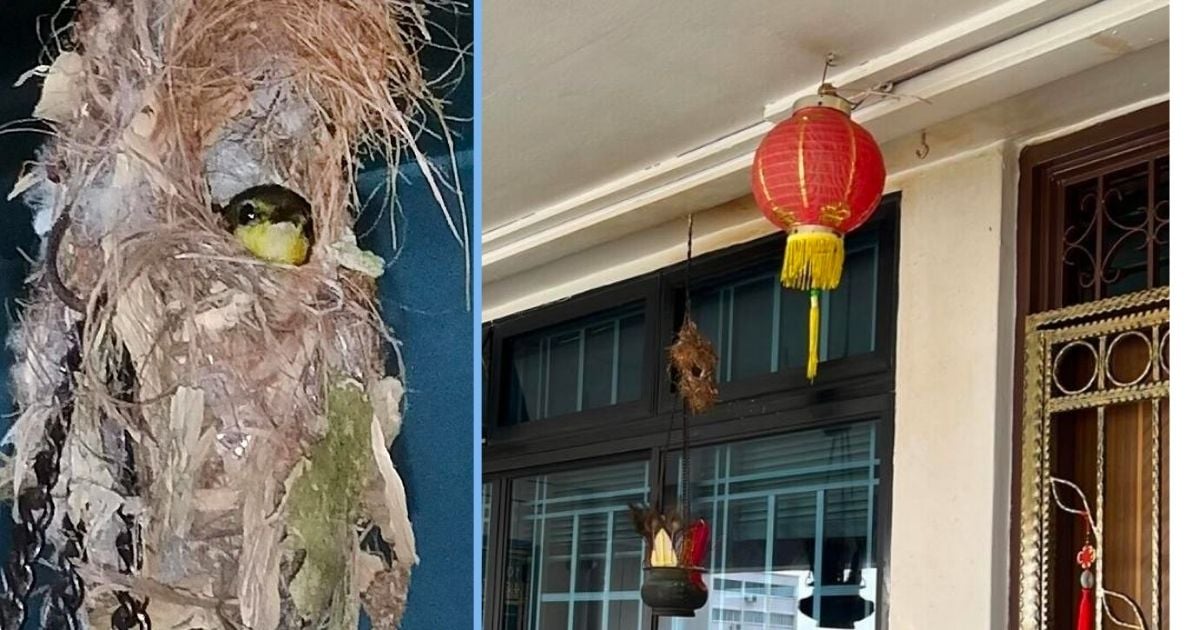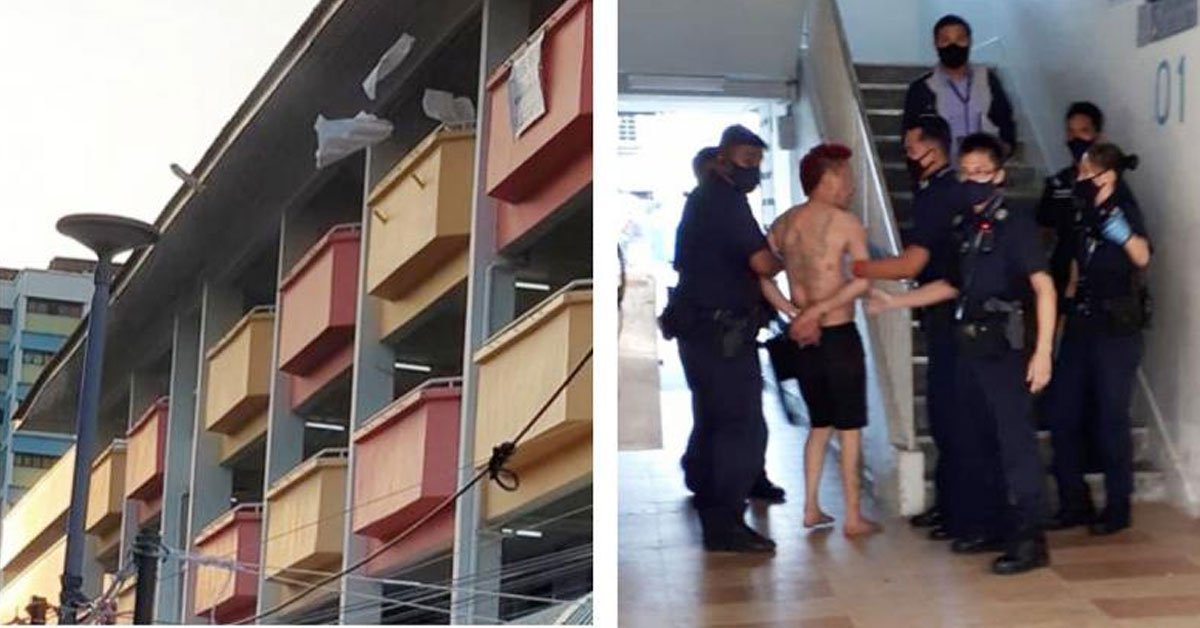As the Qing Ming Festival approaches, people have been returning to incense burners to pay respects to their deceased loved ones.
This seems to be the case for birds, too—an elderly man’s incense burner in Yishun became a “resort” for birds seeking a place to build a nest, for the fifth year in a row.
With 12 groups of birds visiting his incense burner over these five years, it’s worth wondering if he’s actually a Disney princess (or prince?) in secret.
Bird Hotspot
In the past five years, 12 groups of birds have designated a Yishun resident’s incense burner as their “nesting resort”, astonishing him.
The 61-year-old warehouse manager Xing Ronghua, who lives on the 10th floor of Block 805 Yishun Ring Road, is a self-professed nature lover. He has around 30 pots of flowers and other plants growing in pots outside his door, and occasionally, birds would nest there too.
From 2018, though, the birds set their sights on another fixture—the incense burner hung outside his house, where they flock to build their nests every year.
In an interview with Shin Min Daily News, Mr Xing revealed that six groups of birds had built their nests there the year before last, and two groups did the same last year. Earlier this month, he found that the little yellow birds were back to build their nests yet again.
Although Mr Xing confessed that he did not know the exact species of the birds visiting, he said that the birds that come by all look similar, and typically visit to build their nests from March to June.
“This time, they started building their nest in March, and I found two small eggs there a few days ago,” he said. According to him, the birds stay for around two weeks to one month, until their chicks hatch and can fly away.
Ignored By The Birds
Unfortunately, the birds did not extend the same courtesy to their hosts, choosing to ignore him when he tried to greet or interact with them.
“It’s okay because I love nature, so watching the chicks grow is already fun,” Mr Xing graciously expressed.
Even after the birds leave, Mr Xing does not remove the nest, which hangs atop the chains of the incense burner. Apparently, other groups of birds have used the previously-constructed nest to lay eggs and hatch their young.
“I only take the nest down when it starts to fall apart, so I can help them save their efforts in rebuilding the nest,” he said.
Even with the birds there, Mr Xing still burns incense daily as the birds are not afraid of the smoke. Ever since they’ve come, though, he’s switched to using shorter joss sticks to prevent accidentally setting the nest on fire.
Mr Xing’s commitment to these visiting birds is truly admirable.
The birds in question are probably olive-backed sunbirds, which surprisingly, commonly build their nests in potted plants and decorative fixtures along HDB corridors.
The same thing happened to a family in Sengkang—a group of sunbirds decided to make their potted plant their new home, building a nest and raising their young there.
They returned the following year to lay two more eggs, a testament to the comfort of their new home.
According to Dr Ho Hua Chew, a long-time conservationist and vice-president of the Nature Society of Singapore, more wildlife has been appearing in residential areas recently, following the destruction of their natural habitat.
Birds have indeed appeared more in urban areas recently. Following crow attacks in Bishan, NParks had to remove nests and trap the animals to contain their “thirst for blood”.
If you find birds building nests on your property and you don’t want that, stop the process immediately. However, if there are eggs in the nest already, it’s best to call pest control to minimise disturbance to its young.



